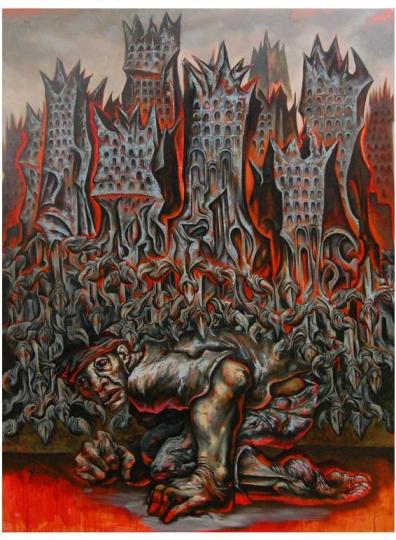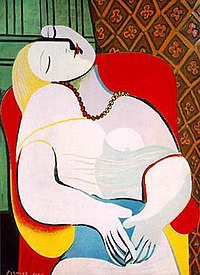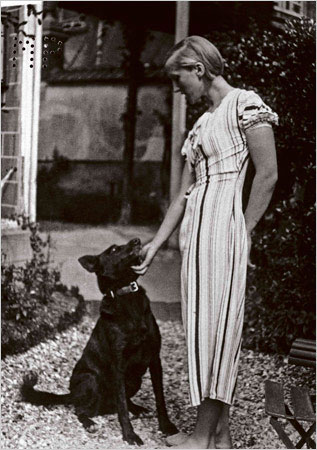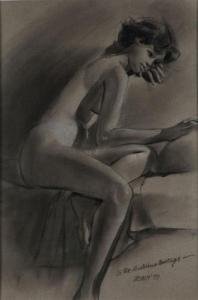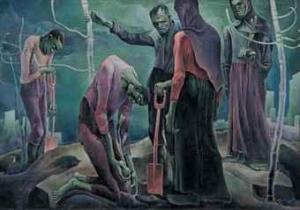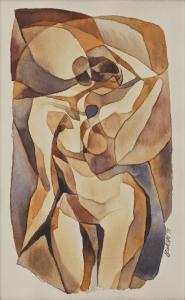Let us remember and honor the great novelist and journalist, winner of the Nobel Prize for Literature, one of my all-time favorite writers---Ernest Hemingway---today on his 114th birth anniversary.
Image of Hemingway below, sourced from guardian.co.uk

Ernest Miller Hemingway (July 21, 1899 – July 2, 1961) was an outstanding American author and journalist. Hemingway produced most of his work between the mid-1920s and the mid-1950s, and won the Nobel Prize in 1954.
This image below of the 1954 cover of Time magazine on Hemingway, sourced from time.com

I admire Hemingway's powerful yet understated, elegant yet economic and clean literary writing style as well as his robust, adventurous life!
Image below of Hemingway in his youth, sourced from en.wikipedia.org
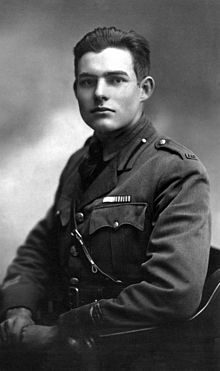
Hemingway published seven novels, six short story collections, and two non-fiction works.
Some of Hemingway's works:

I had recently bought a private resort in Pansol, Laguna from the Collantes family, renamed it Hemingway Eco-Resort, and I'm now renovating this garden-style and tropical-inspired private resort as my humble way of honoring this outstanding and great writer.
Hemingway image below, sourced from gepl.org

Image of Hemingway below, sourced from guardian.co.uk

Ernest Miller Hemingway (July 21, 1899 – July 2, 1961) was an outstanding American author and journalist. Hemingway produced most of his work between the mid-1920s and the mid-1950s, and won the Nobel Prize in 1954.
This image below of the 1954 cover of Time magazine on Hemingway, sourced from time.com

I admire Hemingway's powerful yet understated, elegant yet economic and clean literary writing style as well as his robust, adventurous life!
Image below of Hemingway in his youth, sourced from en.wikipedia.org

Hemingway published seven novels, six short story collections, and two non-fiction works.
Some of Hemingway's works:
Indian Camp (1926)
The Sun Also Rises (1926)
A Farewell to Arms (1929)
"The Short Happy Life of Francis Macomber" (1935)
For Whom the Bell
The Old Man and the Sea (1951)
A Moveable Feast (1964, posthumous)
True at First Light (1999)
Image below of Hemingway's novel For Whom The Bell Tolls, sourced from washingtonpost.com

I had recently bought a private resort in Pansol, Laguna from the Collantes family, renamed it Hemingway Eco-Resort, and I'm now renovating this garden-style and tropical-inspired private resort as my humble way of honoring this outstanding and great writer.
Hemingway image below, sourced from gepl.org

